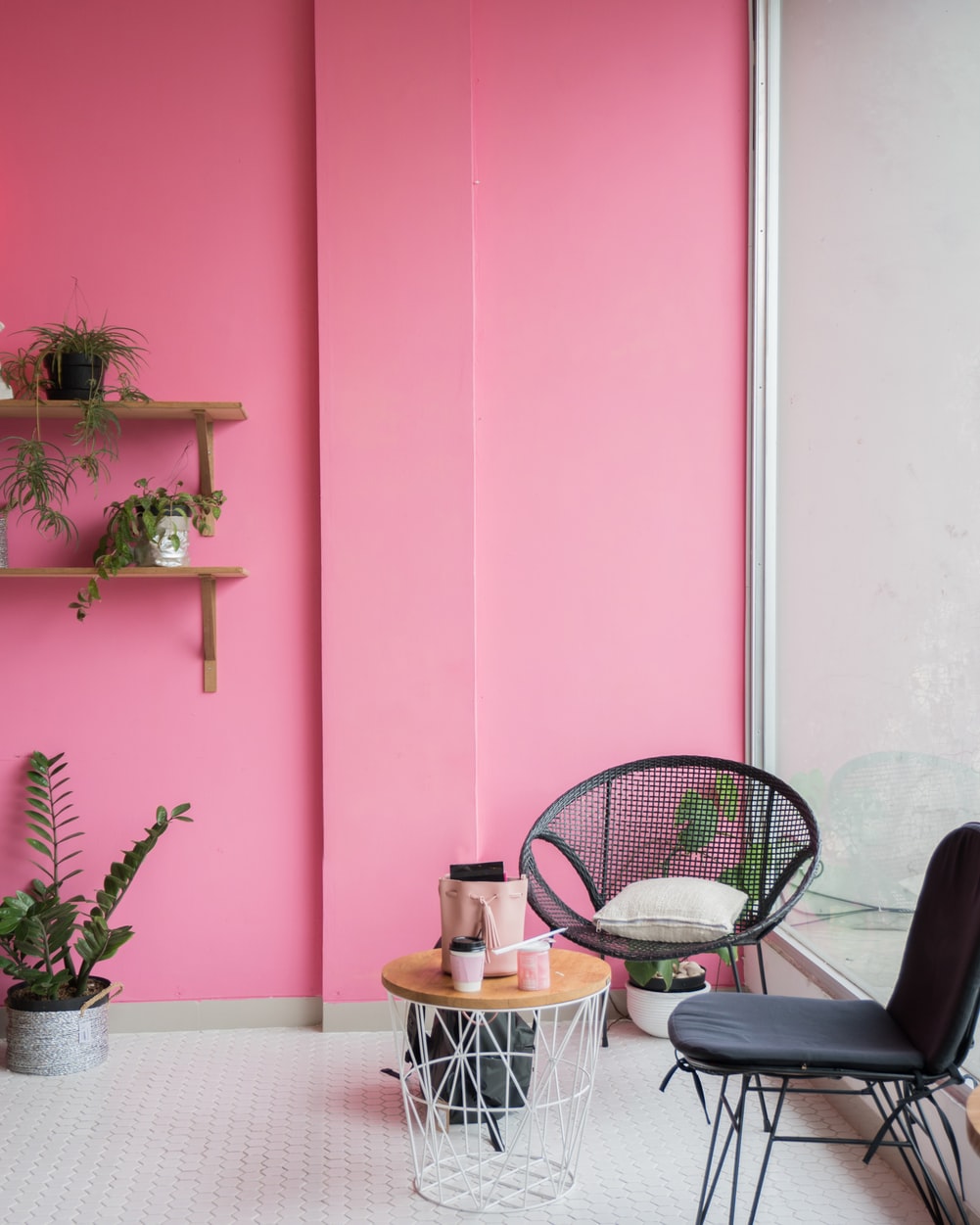Interior designing isn’t something you can take lightly.
After all, the choice of design you go for will not only define you but will also influence your psychology. In fact, it’s not just your psychology that will be affected, but it will also play a role in how your guests perceive you.
So, if you are looking to redecorate or redesign your interior, it is time to pay some serious attention. And don’t worry, we are going to help you out.
Our guide will give you an idea about how the décor and psychology are related. And you can use some of the tips to make a better home.
Read along to make the best out of your interior décor.
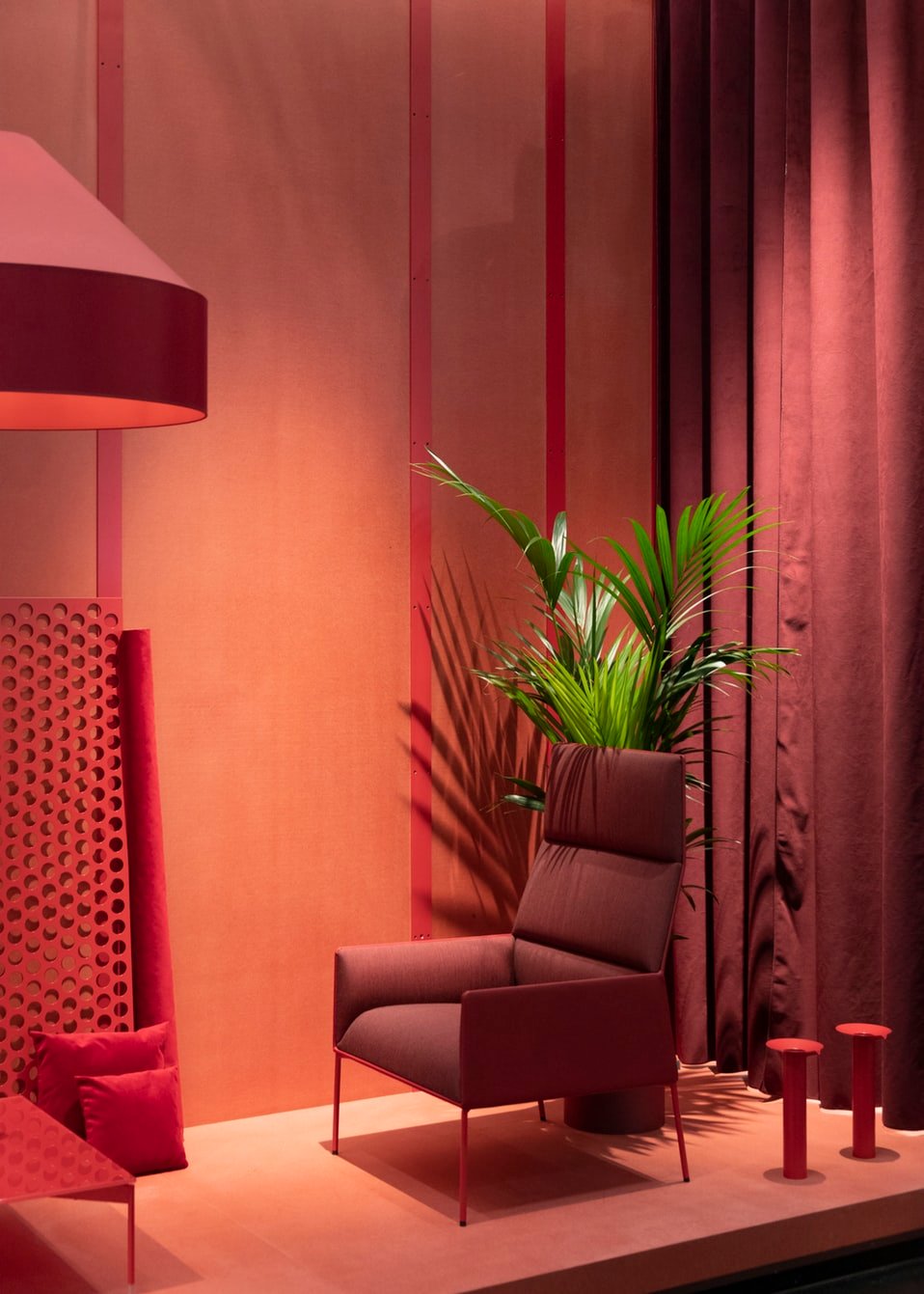
The Right Color For The Right Mood
If this isn’t your first time dabbling in interior design and architecture, you must have surely heard of mood lighting. And what is the essence of mood lighting – it’s colors, right?
While some colors, like red and orange, induce passionate and energetic feelings, others like green and blue, have more soothing effects. Different colors can capture different moods.
Similarly, in interior design, the colors of the interior can affect your psychology. Let’s now look at what each color represents and how you can use them.
Red – As you might already know, red is associated with love and anger. Both these emotions represent some form of passion. You can use this color to make the décor feel more intimate and warmer.
White – The color white has always been used when depicting heaven. In fact, can you imagine an instance of white not being used? Think God Almighty, think Lucifer; in almost any TV show or movie, white was probably the most common color used to represent heaven.
In other words, white represents purity and cleanliness. White can make spaces look larger as well. But remember not to use too much white as it will look too sterile.
Black – Black can have quite a few negative representations, but speaking in positive terms, you can say that the color represents an assertion of power.
Unlike white, you can’t really use black as a background color. But it makes for a great statement color. You can use it to draw attention to specific pieces or areas in the room.
Orange – The color orange is yet another warm color. And as you might all agree, it brings about an energetic vibe. However, you need to keep in mind that too much of orange might just make the interior too tacky. In our opinion, it’s best used as a statement color.
Yellow – Yellow is quite similar to orange. It invokes a feeling of happiness and creativity. Ideally, you should use this color in an area with enough natural light, along with a calming color, to create a peaceful atmosphere.
Brown – The color brown brings with it a natural vibe, mainly because it can be associated with trees and the earth. Thus, shades of brown actually make the environment quite relaxing.
You can not only use brown as a background color but also introduce lots of wooden items in the décor. In our opinion, it is ideal for rooms where you want your friends and family to sit down and have a pleasant conversation.
Purple – There’s no denying the fact that purple is a color that exudes royalty. If you are going for a classy décor, you can add purple as the dominating background element in the master bedroom.
Blue – Although blue and purple are practically neighbors on the color scale, they represent very different emotions. While purple is more about luxury and royalty, blue, on the other hand, has a calming and fresh vibe.
Green – If you had to pick one color to represent nature, it would probably be green and not brown, right? And just like nature, green has the ability to soothe our souls.
When it comes to using green in the interior, we believe that it makes the ideal choice for the entryway. A green background will make the transition from outdoors to indoors seamless.
Gray – The color gray is associated with maturity, intelligence, and relaxation. Bathroom walls and office spaces can look a lot more sophisticated with the use of gray.
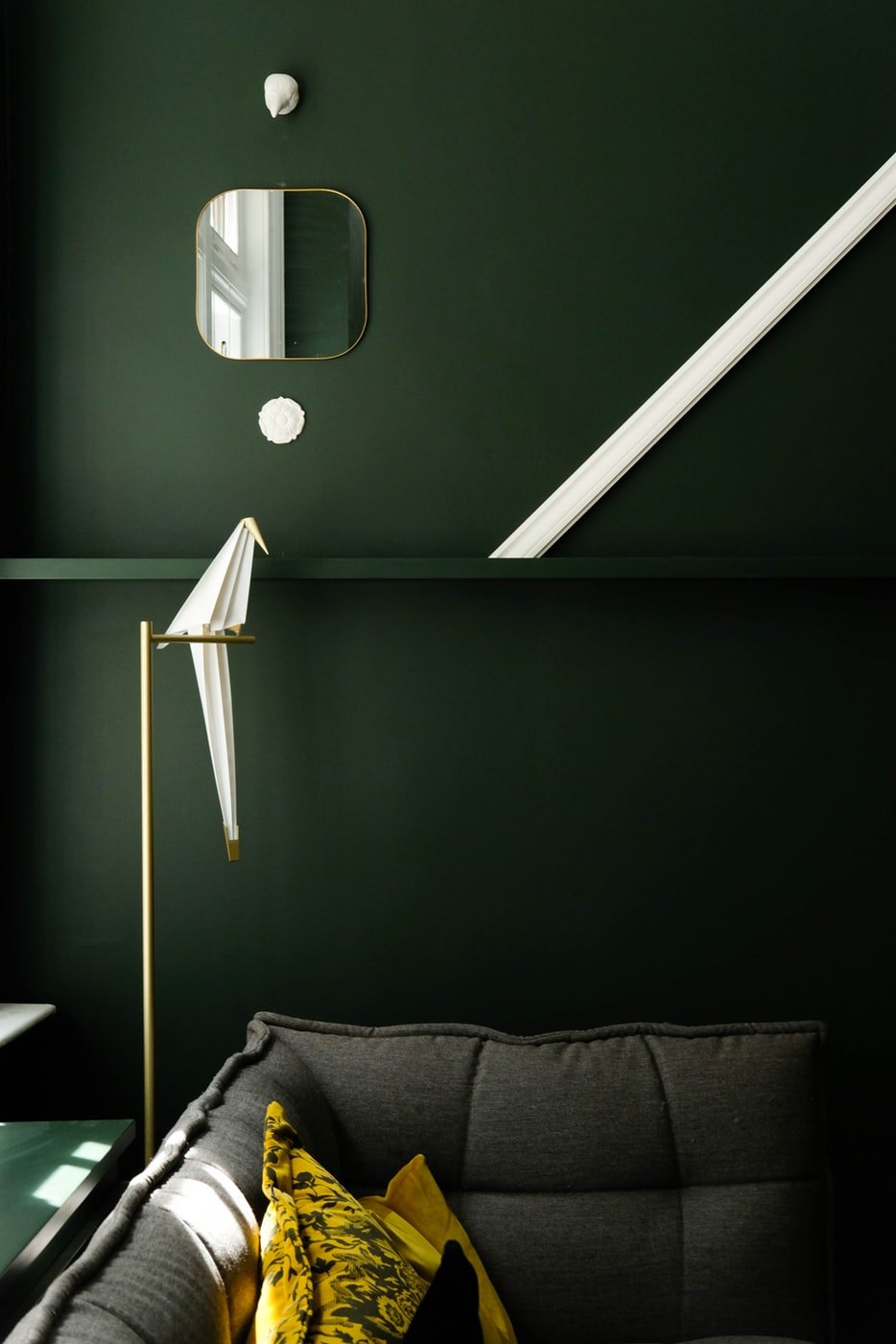
Create a Perception of Space
You might have seen some indoor venues that have massive mirrors for walls. It almost gives the illusion of twice the space, right?
Another common example of space is car interiors. You will notice two things in common in most luxury cars – one, a light-colored interior, and two, a big glass area (panoramic sunroofs).
Spaces with large windows, glass doors, or skylights can let in a lot of natural light, which leads to the sense of greater area. Light-colored interiors also add to the effect. And as for mirrors, if you don’t have the luxury of large glass windows and doors, you can use them to increase the perception of space.
Now that you understand three factors that can create a perception of space, you might ask why you would want to do it? Well, for starters, an open space leads to an open mind. If you are cocooned in a small dark area, your mentality will also shift towards the negative side. An open space, especially the natural light option, will bring more positive energy into your home.
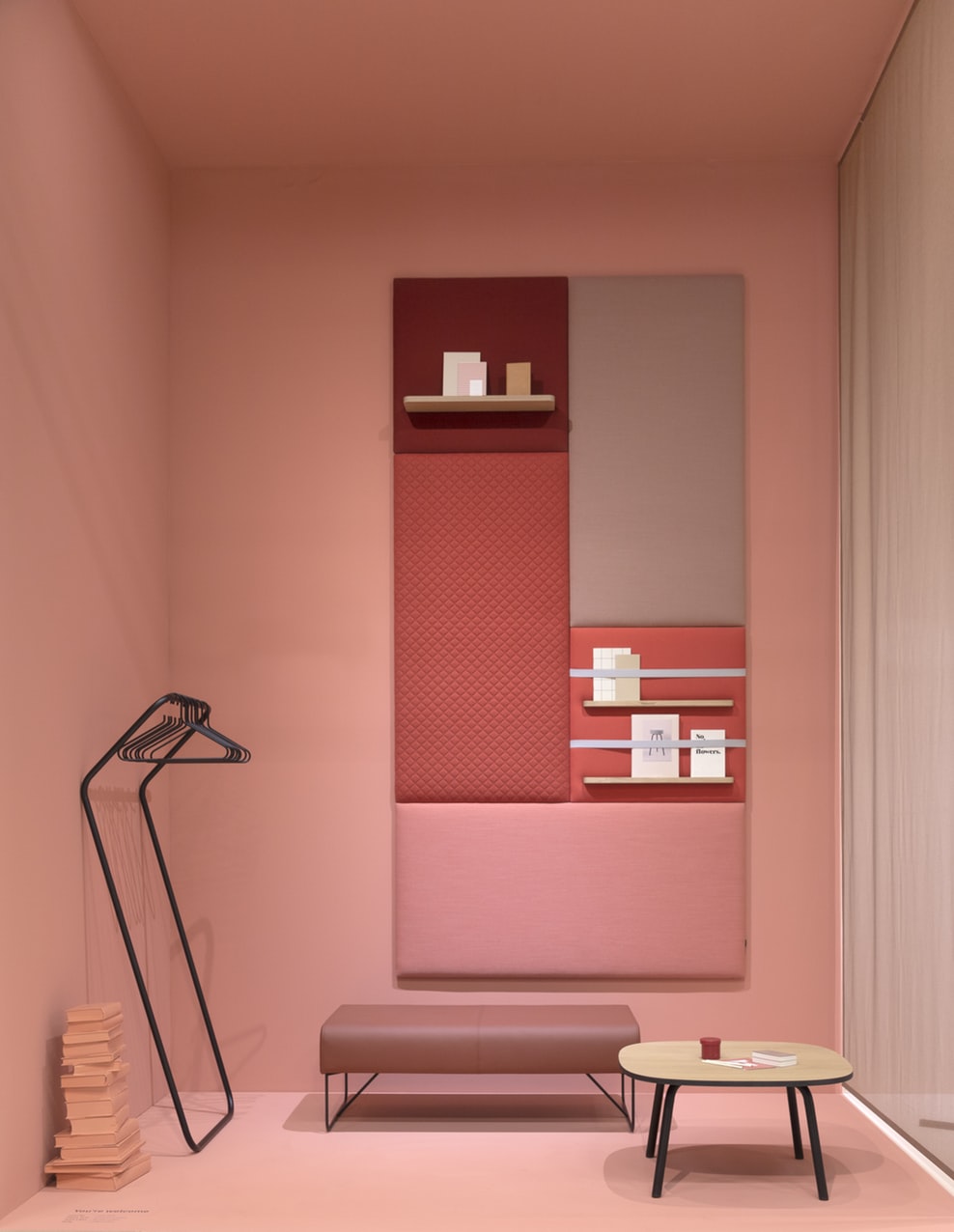
How You Decorate Reveals A Lot About Your Psychology
After you have taken care of the background elements, it’s time to add the detail. This process is crucial as it defines how your guests will perceive your choices.
According to sociologist Jean Baudrillard, there are four criteria people will focus on when evaluating an interior. They are as follows.
- Function – Let’s give an example to bring more clarity. Imagine looking at a couch that can seat 2 or 3 people comfortably. Now, you see that it also acts as a fold-out bed. Automatically, your impression changes for the better, right?
- Exchange – Take the same couch, for example. You might want to know the cost. If it’s cheap or expensive. And based on the answer, you will then evaluate whether it is worth it or not. If it’s too costly, you might start thinking of other options that may be a better fit for the space.
- Symbolic – The couch isn’t a good example for explaining this point. So, let’s think of a painting instead. Upon seeing a painting, you might wonder what does it signify? Does it have any meaning? Or is it just a vain décor piece?
- Sign – Imagine coming across a coffee table. You might start thinking whether the brand overshadows the design and functionality. In other words, is it a status symbol or a functional piece?
These are some of the questions that might pop up in your head when you enter someone’s home. And that is why you should put careful consideration while decorating your home. Bring in pieces that have meaning, and you will create a wholesome atmosphere.
In the end, there are no wrong answers, to be honest. So, you should rather focus on things which bear significance in your life. It is your home, after all.
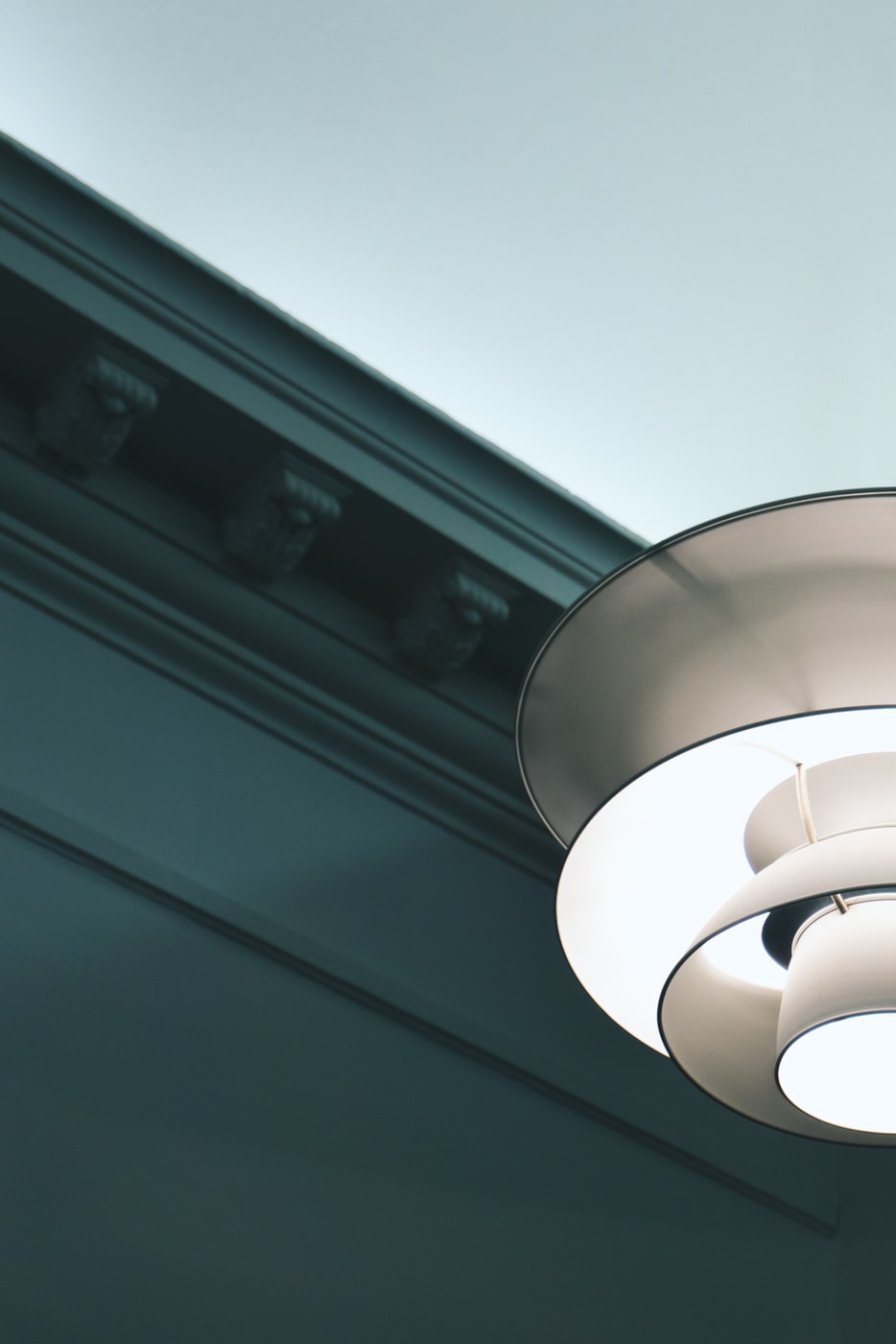
Feng Shui Might Be What You Need
For those unfamiliar with the term Feng Shui, let’s start with a brief explanation. It is also known as Chinese geomancy, and this concept originated in ancient China. Simply put, Feng Shui is a practice that uses energy forces from the surrounding environment to bring harmony to individuals. You can read more about feng shui here.
Now, you can take two paths with feng shui – a half measure or a full measure. Just remember going all out would mean taking the feng shui compass and adjusting each and every décor piece according to the readings.
While going the full distance may not be feasible for everyone, you can still add subtle feng shui touches to improve the positive energy around you.
Here’s how – first and foremost, you need to make changes to your entrance. It needs to be warm, welcoming, colorful, and clean, of course. Next, you need to arrange the furniture in a way that allows you to see the doorway clearly. Another step you should take is introducing enough natural elements like flowers, plants, and stones around the entrance.
And above all this, remember to keep your home clean and clutter-free.
Final Words
Despite all the ideas shared here, we would like to reiterate that in the end, you will be the one living in your home. So, keep that in mind while designing or redecorating. And always remember to keep a positive vibe.
Well, that’s it from us. Ciao!
